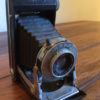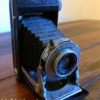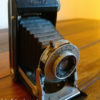
Nokia’s Lumia 1020 (or 909 depending where you look) is often regarded as the best smartphone camera money can buy. I’ve been using the neon-yellow version on and off now for a few weeks, and it’s high-time I penned some thoughts on this 41 mega-pixel shooter.
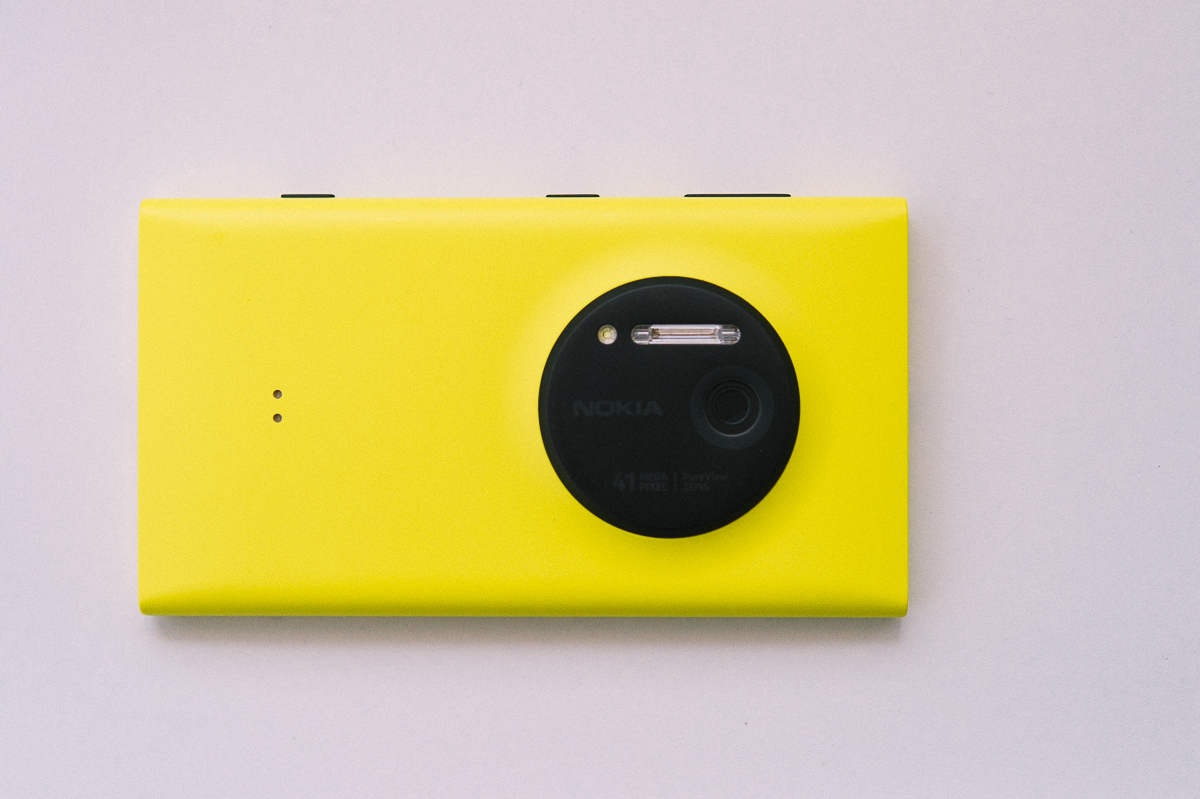
Design
The 1020 is a gargantuan handset, and one of the larger flagship smartphones on the Australian market. Its 4.5 inch screen is big, bright and maybe a tad over saturated, but easy to see in strong sunlight, given the ClearBlack display, I found the display to be great head on, but at an angle, the whites quickly moved to a blue/grey, a trade off for the ClearBlack.
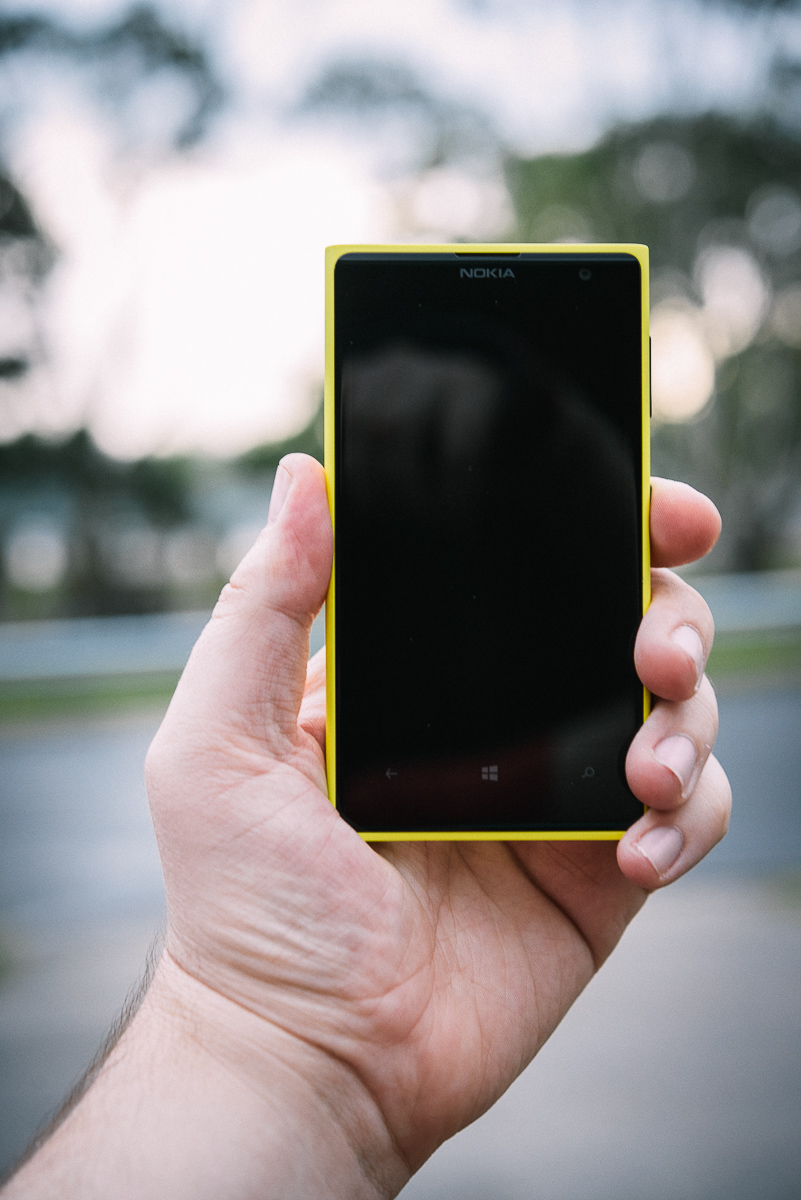
It’s housed in a sleek, smooth and outrageously colourful polycarbonate shell that feels great in the hand.
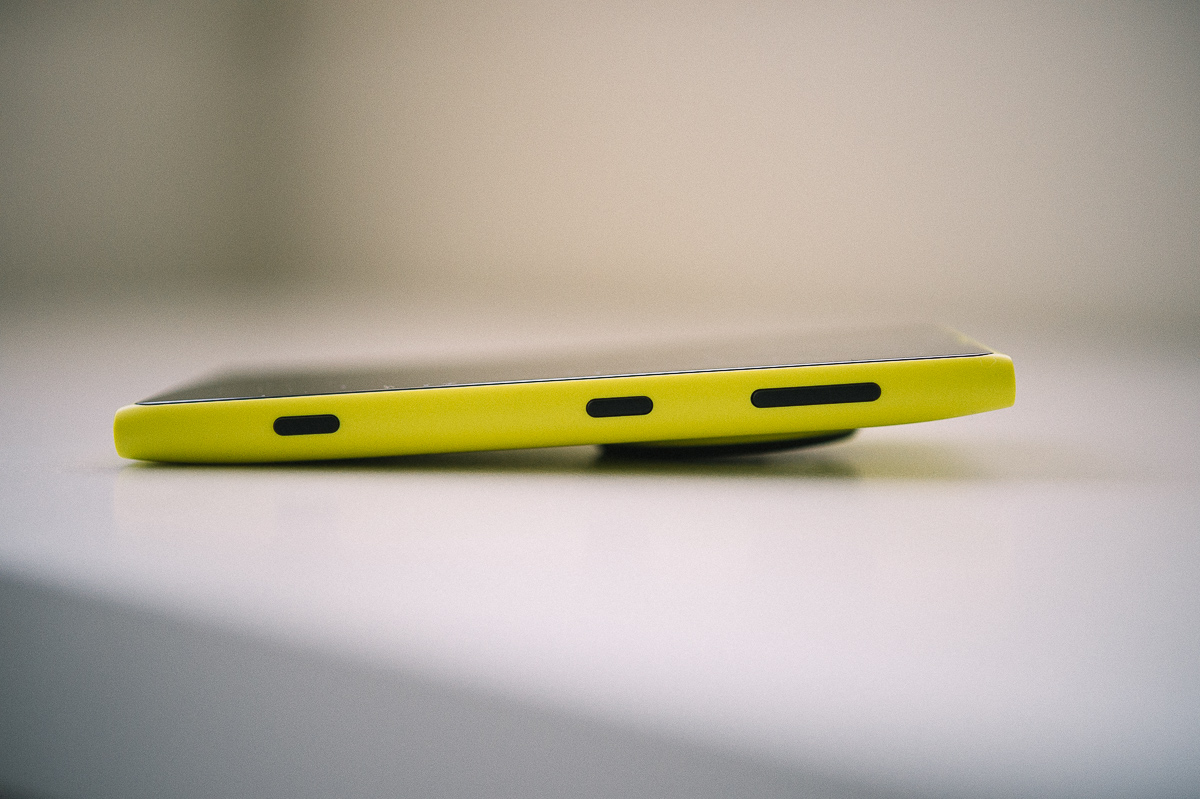
The buttons on the phone run down its right-hand side, and are a simple black plastic sans icons or markings. A volume rocker, sleep/wake and dedicated camera release. As other reviews have noted, having the power switch in the middle of the handset takes some getting used to, but isn’t a terrible decision overall.

On the back of the phone, a giant black hump houses the phone’s reason for being: a Carl Zeiss lens assembly and a Xenon flash. The unfortunate side-effect of the optics is the inability to lay flat on a table, and I frequently found myself putting the phone down face-first; I just couldn’t get used to the wobbly/uneven look.
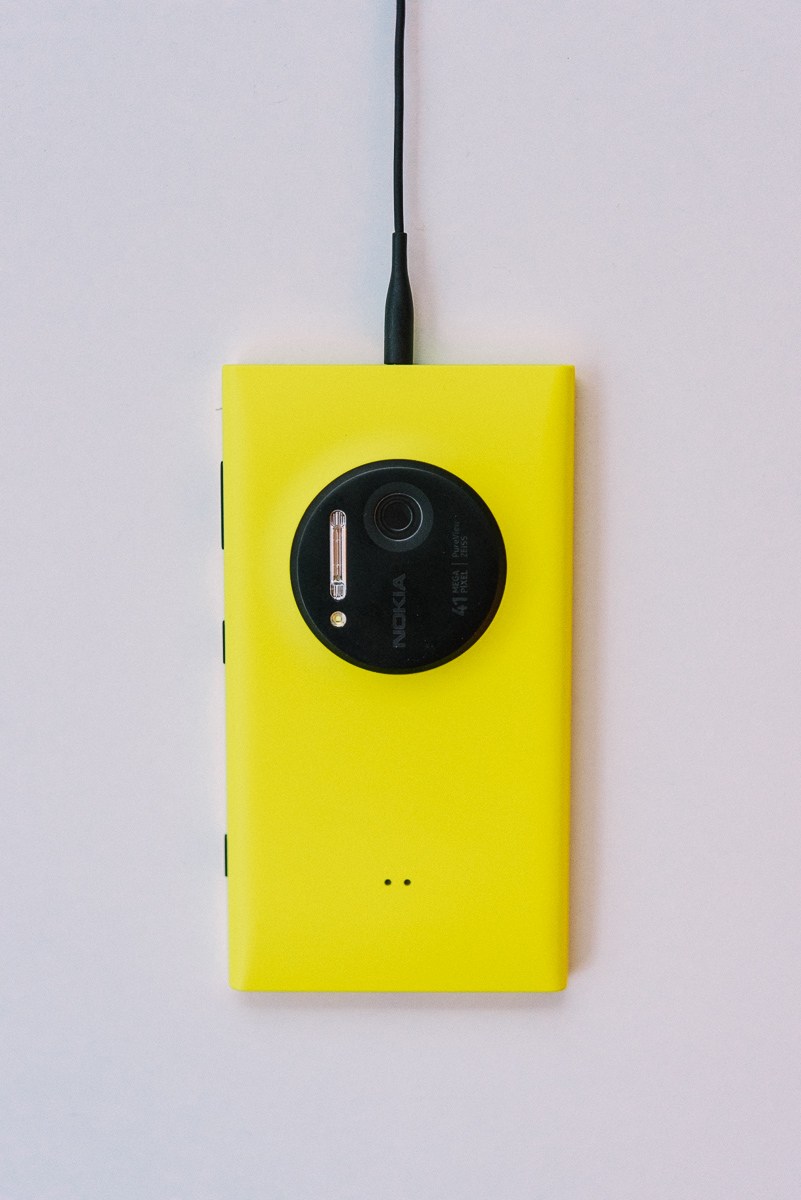
The headset jack is square on the top of the handset and the charging port (a standard micro-USB) square on the bottom. Nokia’s also included a camera strap or lanyard loop, which is a welcome and interesting addition that further adds emphasis to what this phone is all about.
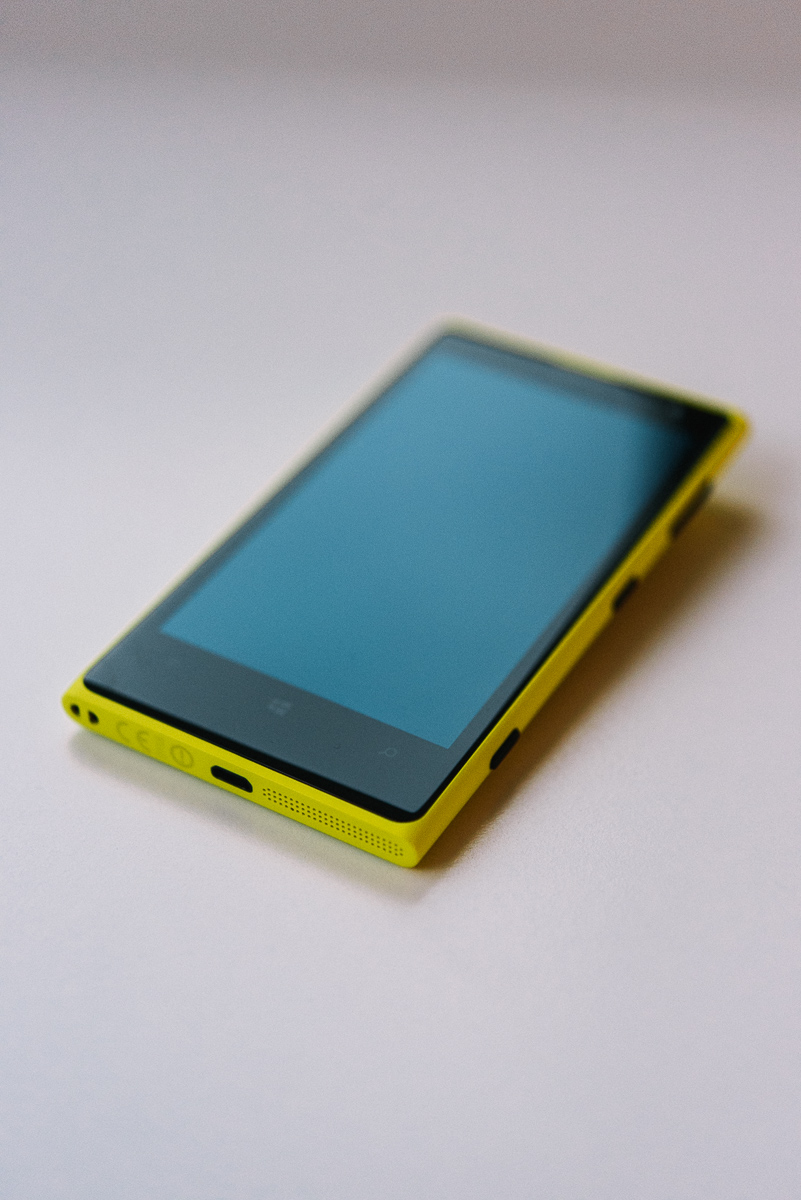
The fit and finish of the phone is fantastic; the glass seamlessly melts into the housing, without joins, markings or mould lines. Nokia does a damn good job at making a beautiful phone, and quasimodo back aside, it really is fantastic piece of design.
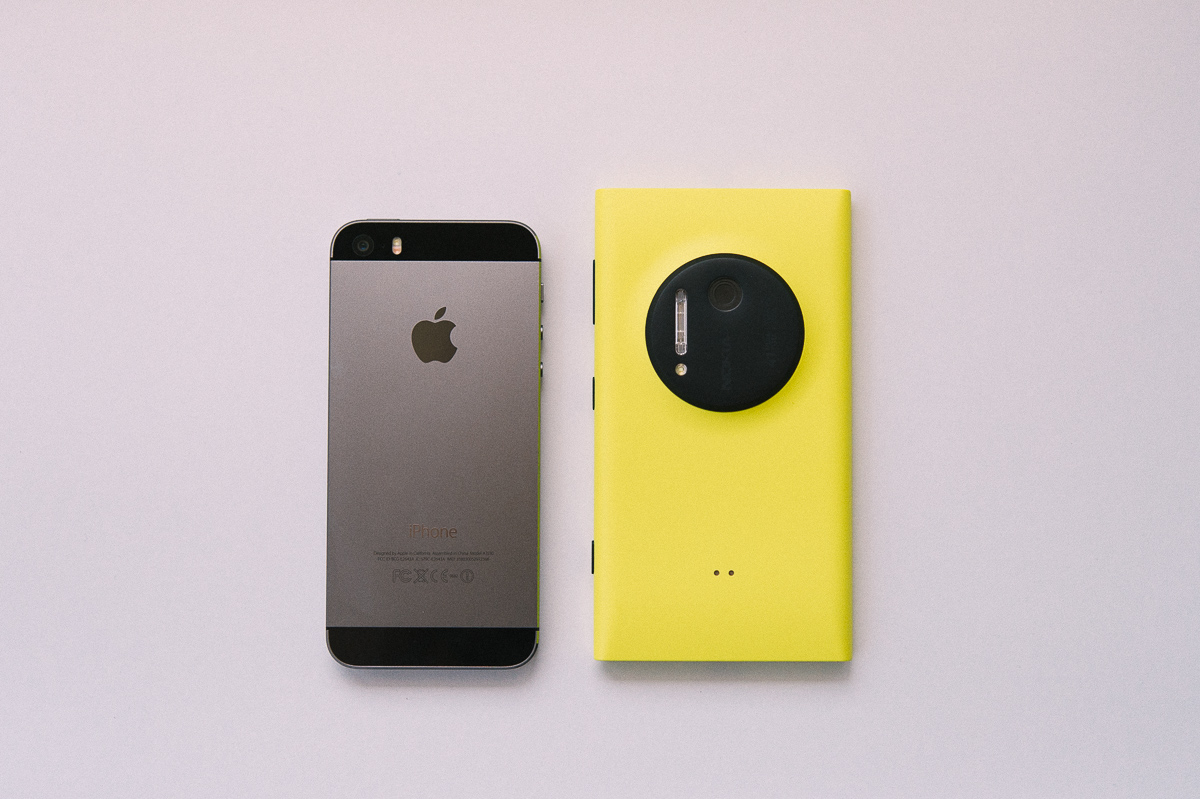
Software
In terms of the OS, Windows Phone continues to improve, albeit at a teeth-grindingly slow pace. I’ve been an iPhone owner since 2007, and this is the first real time I’ve used anything else. I really love the aesthetic of Windows Phone; the colour, design language and intent is all very powerful.

The idea of a side-scrolling UI is certainly new to me, but I quickly got the hang of it. The dedicated back button is also a pretty neat function, and I found the tap and hold on it to look at your ‘history’ of apps made a lot of sense.
The Windows Phone keyboard I found to be very similar to the iPhone, allowing me to quickly and accurately race through messages and email with a minimum of fuss. The suggested list of words was perhaps not all that useful as I often zoomed past them without realising the phone had other ideas for what I was saying. A nice touch being the auto-suggest word flashes if its used in the text, something I found really helpful.

Camera
For the rear shooter, the Nokia allows you to select from 1 of 3 camera apps that are all bundled in as standard: Camera, Nokia Smart Cam, and Nokia Pro Cam. I personally think this is bizarre. I understand there’s different functionality behind each of the apps (standard, high frame rate and manual control) however, it feels to me like this is added complexity for the sake of feature creep.
The only app you’ll really find yourself in is the Pro Cam app. It’s the stand-out app, and is the only way to get the most out of the camera itself.
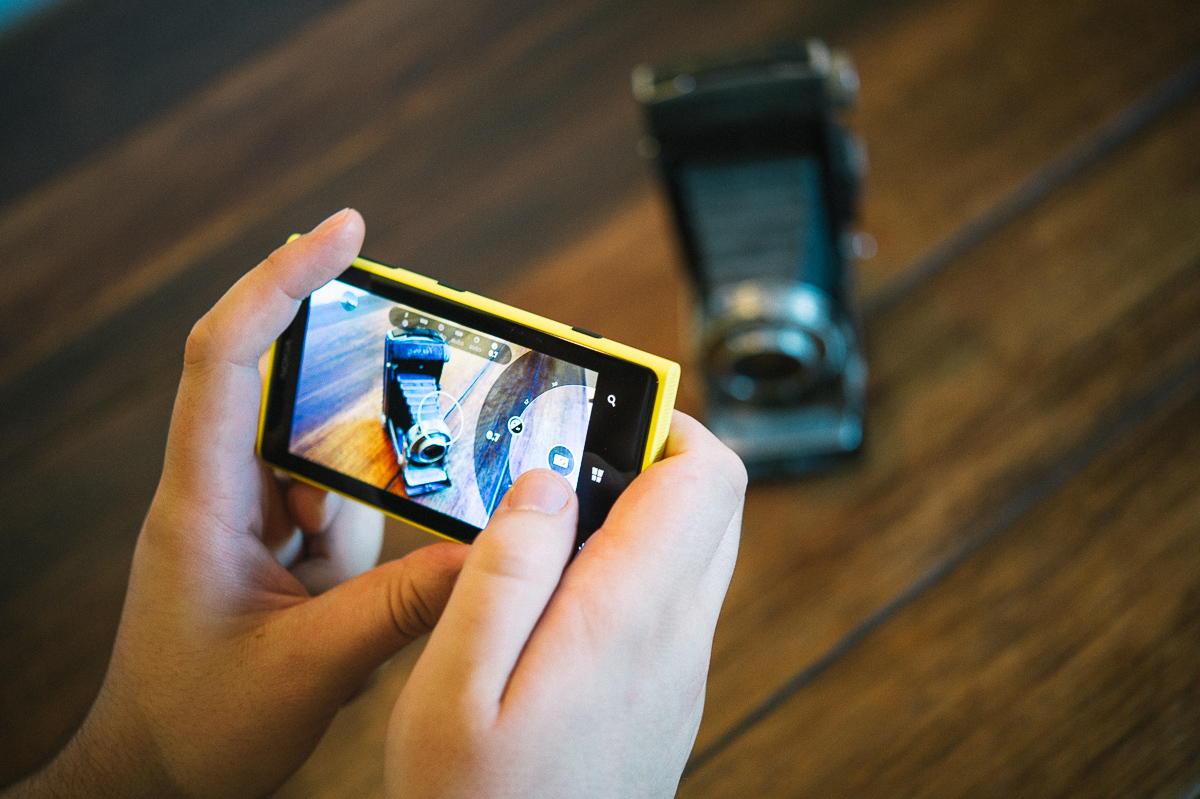
The controls are arranged as either a quick link, or by pressing and dragging the camera icon. Doing this will activate a fly-out of all of the controls (white balance, shutter speed, exposure compensation, and focus) covers the live image allowing you to tweak each one.
This is, without a doubt, the number one reason to own this phone.
No other camera phone out there comes even close to this level of granular control, and as a photographer, this level of precision and adaptability is an absolute god send.
We’ve included a gallery of images shot using the Pro Cam app, with no editing done to them.
The sensor is excellent in low light, but I’ve found that if you can feed it bright light, it absolutely sings. Once you’ve taken an image, it stores the full-res jpeg away, and presents you with a downscaled sample to share on social media, email or send away to Snapchat.
The camera is responsive, and mostly accurate. The activation time isn’t great, as it physically retracts the shutter blades, moves the lens assembly and activates the UI. Something I found trying at times, having come from the iPhone. That being said, once active, it is the best camera you could hope to have in your hand.
The stabilisation is truly impressive, and there’s nothing quite like being able to shoot in low light without a flash and still get completely useable results.
If I was allowed one gripe, it would the white balance.
The phone simply can’t handle mixed light sources accurately, swinging wildly in one direction or the other. Thankfully I was able to manually adjust it back, but it was surprising given just how good the rest of the shooting experience was.

The other caveat has to do with those beautiful big full res images. There’s no getting around the fact that you’ll need to plug your phone into a Mac or PC to export the images. Nokia hasn’t deemed it possible to move them any other way, WiFi transfer included. It does feel decidedly weird to have to tether via USB to access the images.
As others have noted, this for some is a deal breaker. We’re quickly moving into a society of smartphones and tablets, and this requirement of desktop software to transfer your best images does seem like a strange decision to have made.

Thankfully the process is straightforward, using the Nokia Photo Transfer app.
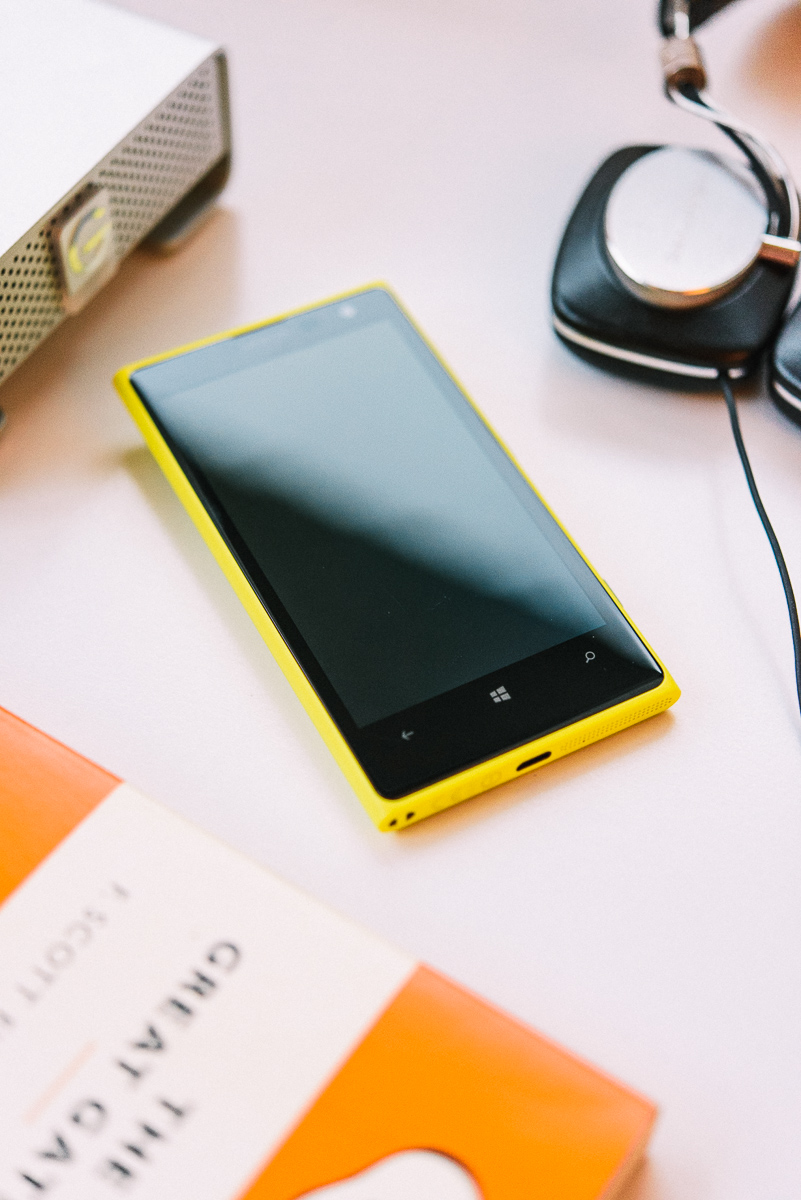
Conclusion
I personally really enjoy using the Lumia 1020. I adore the functionality of the Pro Camera app, and the utter image quality that it offers. It is a phone of compromises however, it’s a lot larger and at times awkward to handle given the lens assembly hump. It’s got a very pretty, very sleek UI, but of course lacks the apps I’ve grown to love on iOS (hat tip to VSCOcam).
If you’re looking for a way to throw out your point and shoot camera and roll with just one piece of hardware, the 1020 does stand alone as one of the only choices worth considering. As long as you’re OK with handling the small niggles of the Windows Phone ecosystem, it’s a great piece of technology.


